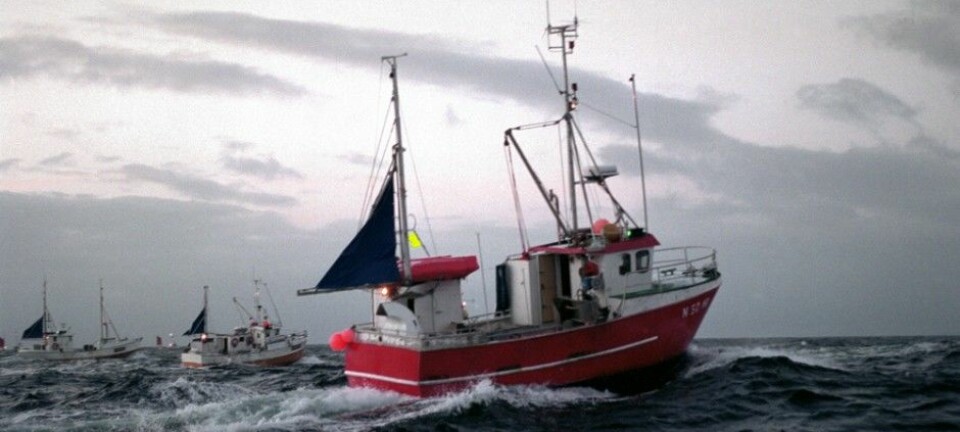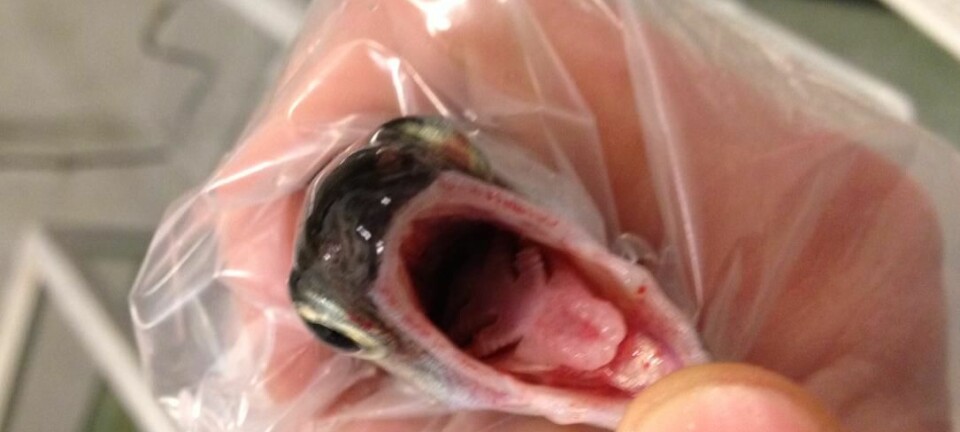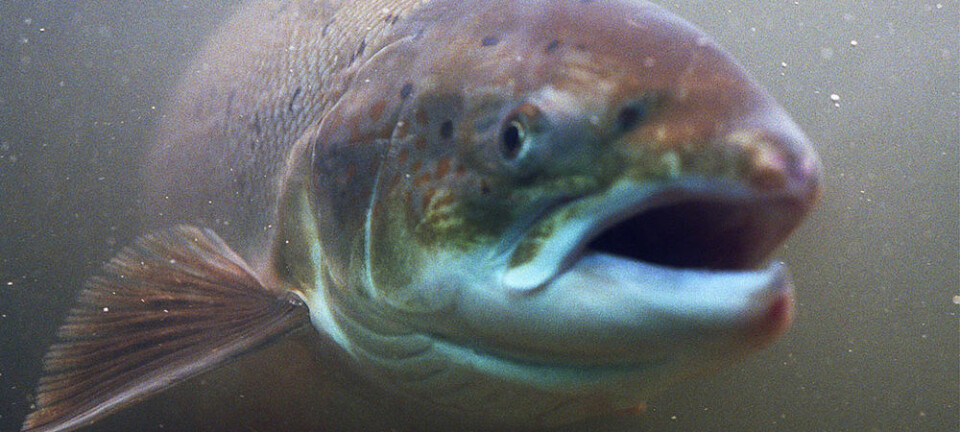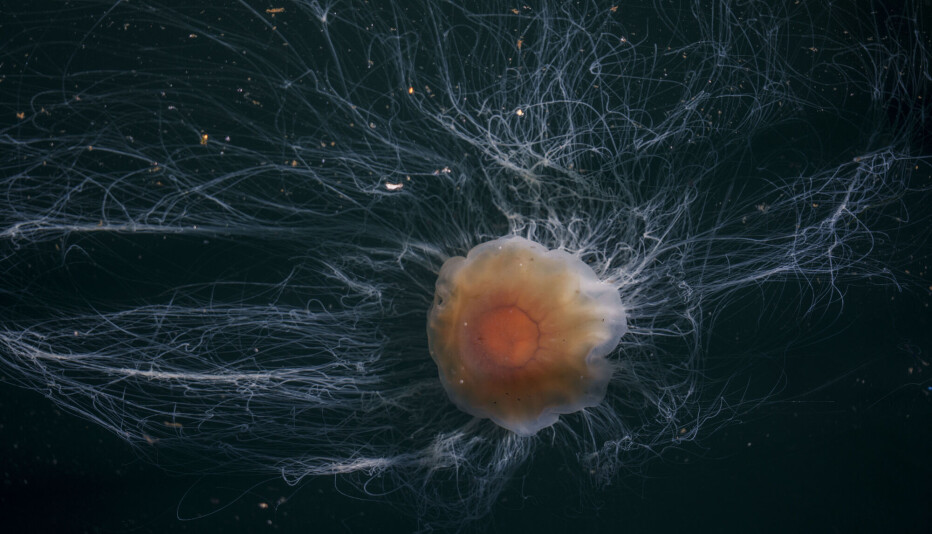
Boreal lakes are becoming browner, but the fish don’t mind
Boreal lakes can become darker over time by a process known as “browning.” But these darker waters do not seem to affect fish as much as researchers once thought.
Canoeists and anglers at boreal lakes are used to seeing tea-coloured lake water. It is the result of humus, or dissolved organic carbon, which leaches out of the surrounding soil and vegetation and is carried to the lake by rainwater.
Researchers at Umeå University in Sweden have recently studied how the darker water affects the fish living in the lakes. And while most appear to be doing just fine, problems seem to occur in shallow lakes.
Less acid rain
Boreal lakes are getting browner, in part, because the air is getting cleaner.
Acid rain — caused by sulphur emissions from industry — affects how much humus dissolves from the soil and how easily it finds its way to lakes. As pollution controls have reduced the amount of acid rain, the amount of humus that gets carried into lakes actually increases, a phenomenon reported by Helen de Wit from the Norwegian Institute for Water Research (NIVA) and colleagues as early as 2007.
That means lower sulphur emissions are one reason why boreal lakes have become increasingly brown over the past several decades.
Read More: The midnight sun messes with the Arctic charr’s inner clock
More rainfall
But in a follow-up to her research, de Wit reported in 2016 that higher rainfall amounts are also a factor in the browning of boreal lakes. Increased rainfall is linked to global warming.
"We have shown that there is a striking positive relationship between concentrations of humus and rainfall concentrations,” de Wit says in an article on NIVA's website.
“More precipitation simply means more humus in the water, which is especially evident in areas with high humus concentrations.”
Read More: An eco-friendly cure for a global fish-killing disease
Browner water means less light
“There are lots of good reasons why environmental scientists expected that browning would reduce fish populations," says David Seekell, a researcher at Umeå University who is the lead author of the new study.
When the water becomes darker, less light is able to penetrate the lake— which in turn reduces photosynthesis and food production. In addition, oxygen concentrations in the water may be lower, making it more difficult for fish to breathe.
Nonetheless, the Umeå study, like many others before, didn’t find any significant variation in fish stocks between water that was clearer or browner.
Read More: Fish migrate to avoid predators
Depth makes a difference
However, after studying fish and water colour in 16 lakes in northern Sweden, the Umeå researchers discovered that fish stocks in shallow lakes, or lakes with an average depth of 2-3.5 meters, can be affected by browning
This was not previously reported, since most lakes are on average deeper than this. Hence, previous research consistently shows that lake browning doesn’t affect fish stocks.
----------------
Read more in the Norwegian version of this article at forskning.no
External links
- David Seekell et al.: “Lake morphometry moderates the relationship between water color and fish biomass in small boreal lakes,” Limnology and Oceanography, juli 2018.
- Helen de Wit et al.: “Current Browning of Surface Waters Will Be Further Promoted by Wetter Climate,” Environmental Science & Technology, 2016



































